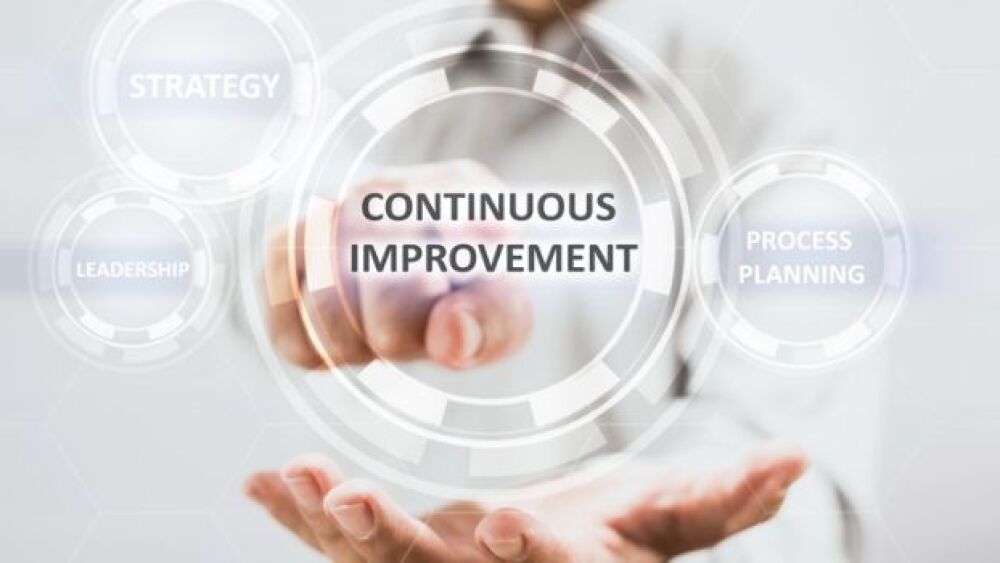Employee succession and nurturing them is a great way to mold future leaders of an organization.
In any organization, succession is essential to keep the flow of things in check. Having a great succession planning strategy is excellent to retain top talent and develop them to eventually be company leaders.
Employee succession and nurturing them is a great way to mold future leaders of an organization.
RELATED: How to Retain Your Best Employees
What Is Succession Planning?
Succession planning is future-proofing your company. It is the process and strategy of passing leadership roles onto the next batch or younger generation.
Sometimes, it is the passing of responsibilities or ownership of a company to other people -- whether an individual or group.
This is where the talent gap comes in. It is the lack of talent from your team. When planning, thinking about that gap can help you while finding the perfect candidate.
What Employees Think In the Life Sciences Industry
In the life sciences industry, change is constant. Organizations are continually finding ways to improve things and one-up their competitors while minimizing business disruptions.
In this competitive field, diversity in talent is vital as the development of quality must be improved all the time. Big bosses are always looking for unique skills that can sustain the current system and contribute new ideas.
“Employees want to feel connected to the strategy and purpose of the company,” RSR Partners new managing director Rebecca H. New said. “A leader needs to be a change agent in driving sustainable and effective organizational culture.”
What companies look for in their succession planning are people who can lead and analyze the new technology and has a mentality of constantly, advancing.
“Savvy leaders are differentiating their skills and their business through more advanced business analytics to determine trends and opportunities to provide value to their clients and customers,” she continued.
RELATED: 4 Key Factors for Recruiting & Retaining Top Life Sciences Talent
What Are the Seven Steps For A Successful Succession Plan?
1. Have A Plan
The first and most important step for successful succession planning is to have a plan.
When considering someone as a successor, always think of a plan B, or even a plan C or D. You’ll never know what’s going to happen. A team member may surprise you by retiring or leaving the company. You can go over that hurdle with ease if you have a backup plan.
Consider how a candidate can impact your team or company. Also, think about a candidate’s position and how would it affect the operations with or without him/her.
2. Pick Out Candidates
With a plan in mind, it’s time to pick out the candidate that will suit the position best.
Be mindful that when one person’s position is moved, it will cause a ripple effect since everyone he/she handles has to adjust. A new spot will be vacant and need to be filled.
Although there is a “next in line” person for a position, do not discount the fact that there can be other people capable of filling out a spot.
Pick out candidates that are fully capable, ready, and willing for bigger responsibilities.
Weigh in the advantages and disadvantages of each candidate and ask yourself what can potentially happen if he/she fills out the spot. What are the required steps you need to take after you make a move? Will they need additional training?
3. Inform Your Candidates
Once you have picked out who your potential candidates are, inform them of your plan.
This will be the first step in making concrete actions to your plans. Talk to them individually and let them know why you picked them and in the end, it is still your decision to make.
4. Develop Them
With all the candidates informed, it is time to develop them. Training starts and developmental efforts must be done.
A great leader possesses excellent communication skills, empathy, intrapersonal abilities, and diplomacy.
There may be a few candidates being considered, but training all of them wouldn’t be a waste. The training they will receive can make them better people and leaders.
In the life sciences industry, they will learn more about their field, which can be beneficial for them.
5. Trial Run
With a potential successor in mind, it is time to give him/her a trial run on what it will be to work in your shoes. This will make them dip one foot in the water before going for a swim.
This is not just a trial run for them to experience what it will be like to be in your shoes but a trial for your entire succession strategy.
You can also see the strengths and weaknesses of the candidate while having his/her feet wet. There be more time for the candidate to be trained and guided.
6. Think About Your Hiring Strategy
Assigning someone to a bigger role means there will be a talent gap somewhere in the pipeline. The candidate you picked may be strong in research and people below him/her will see the difficulty in this section.
This will lead to talent gap analysis wherein you can now think of your hiring strategy. This will give you an idea of which skills you should be looking for in a new candidate.
7. Think Of Yourself
The last step of the process is to think of yourself as well. You may have finalized the decision of picking out the perfect candidate for your succession planning but you also need to think about yourself.
You still want the entire process of the organization to work just like how it was when you are there. Think small and consider smaller people to develop for continuous succession planning.
Change is constant in this field and having a plan to cover everything from top to bottom is essential.
In the biotech industry, analysis, research, and development are vital. The process needs to be working smoothly all the time and having someone perform the tasks you did the same way (or better) is a great strategy for successful succession planning.






